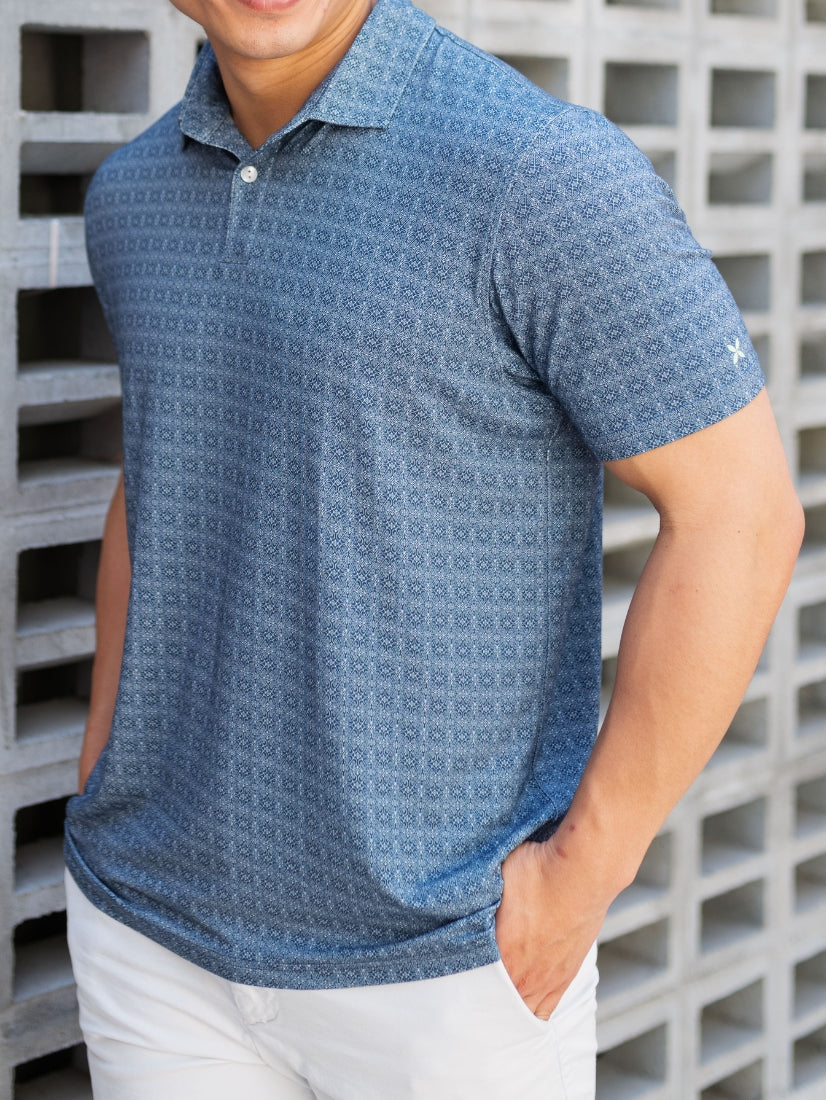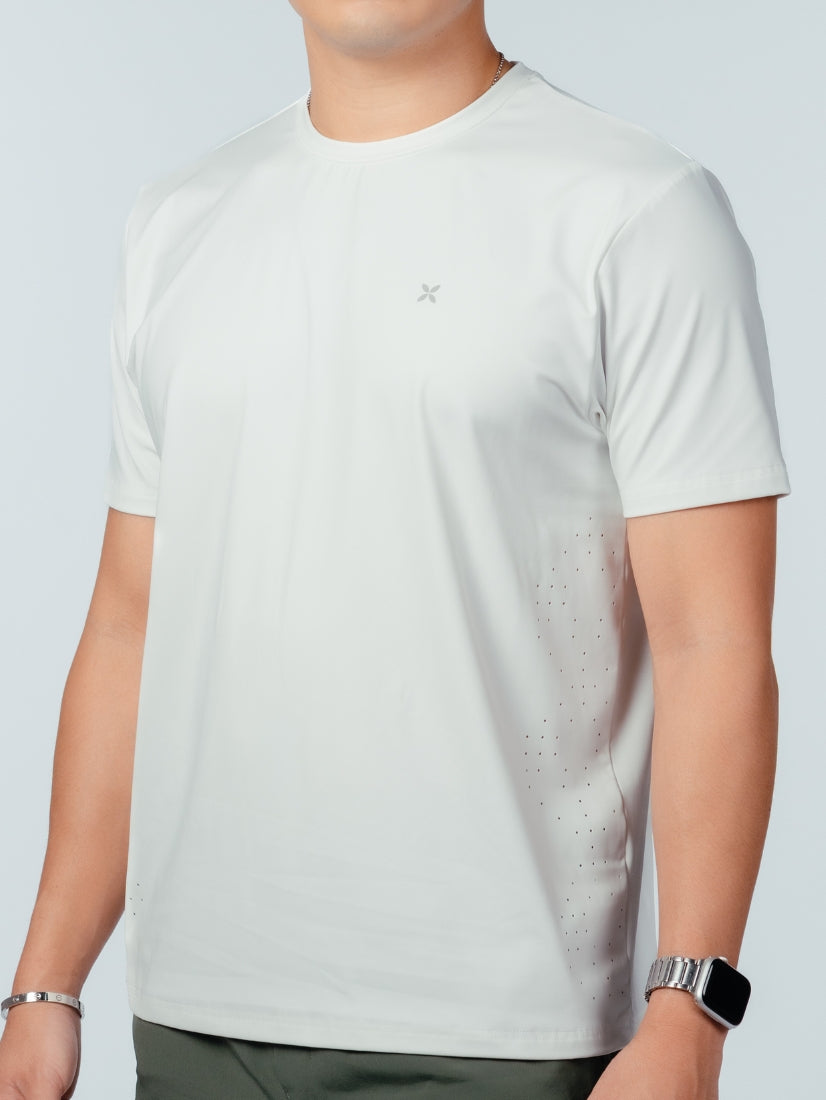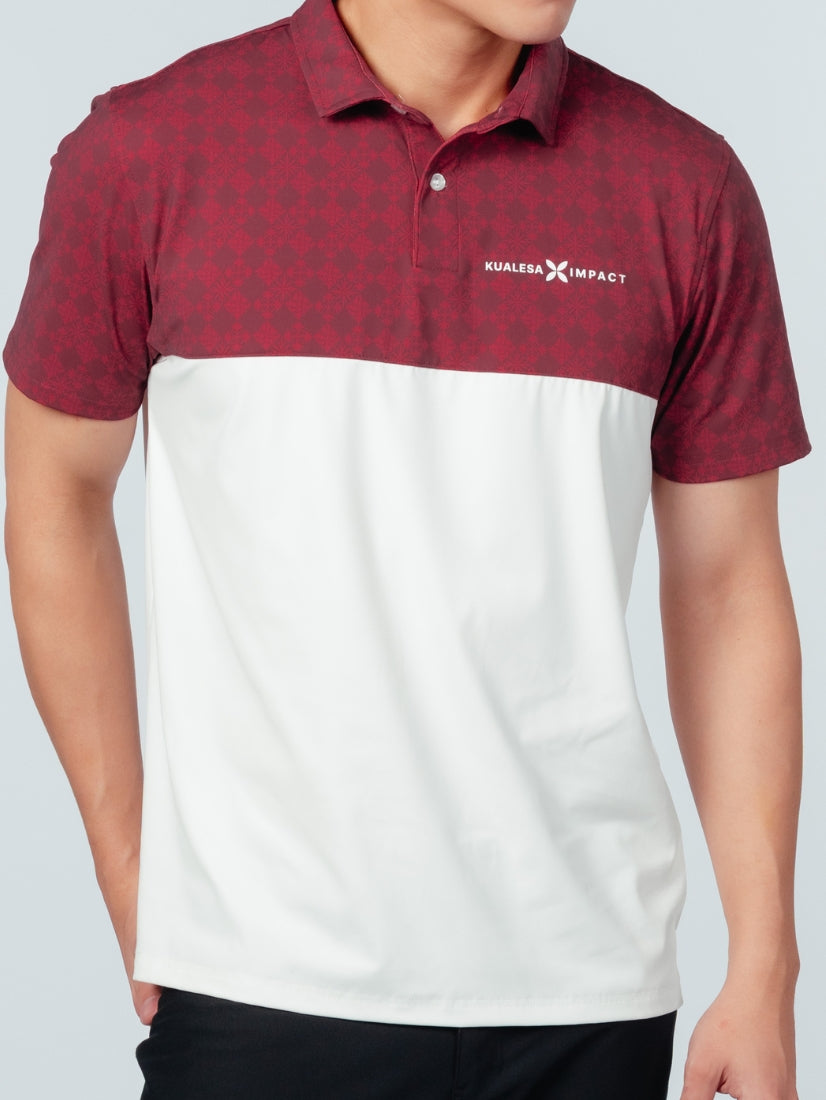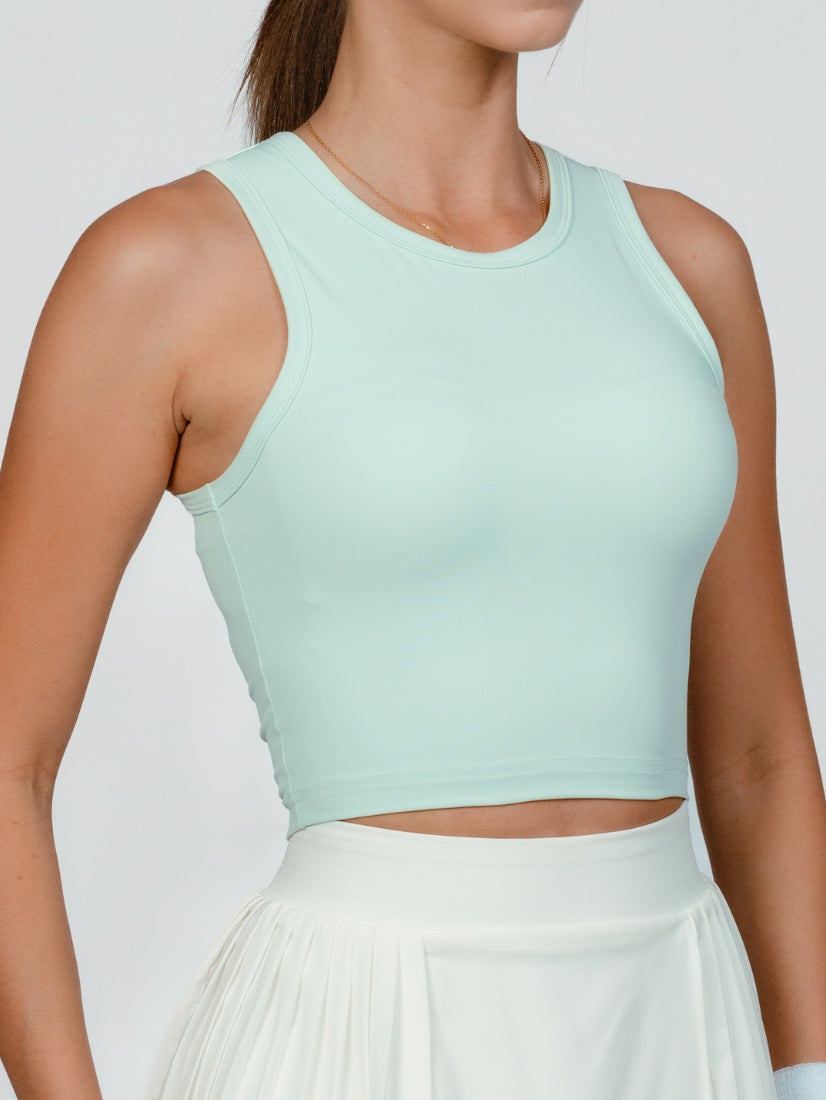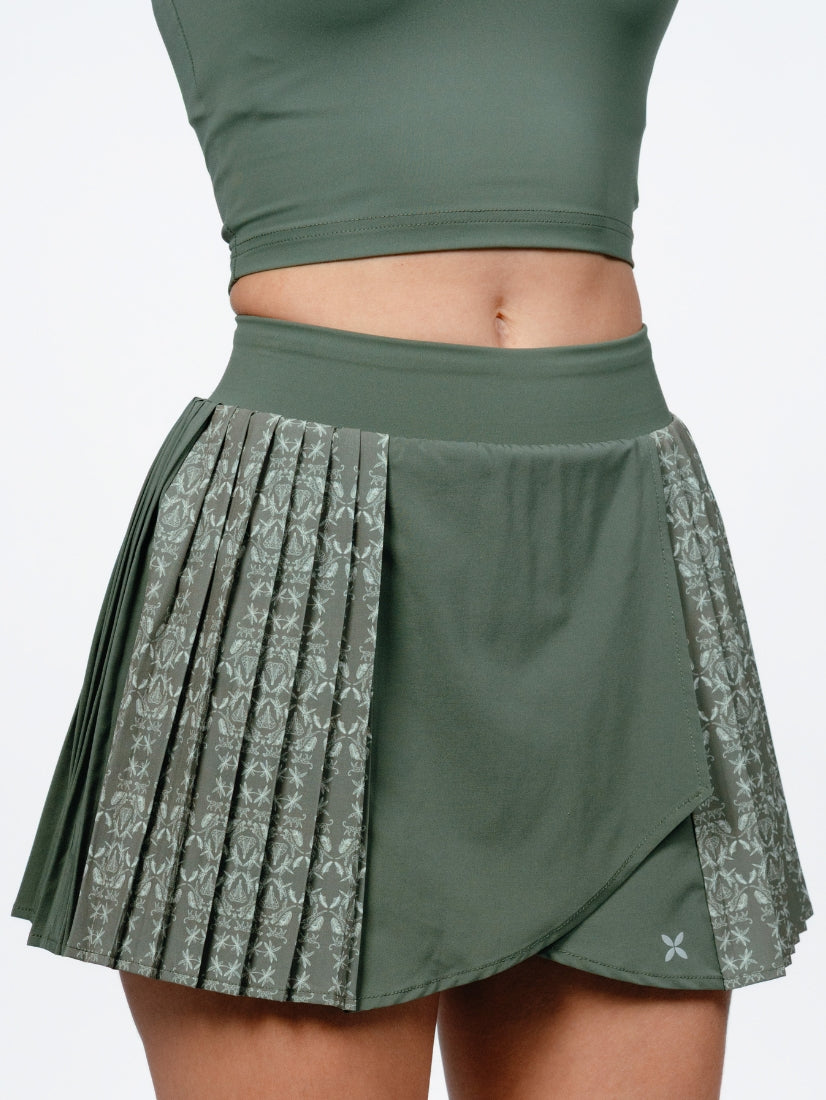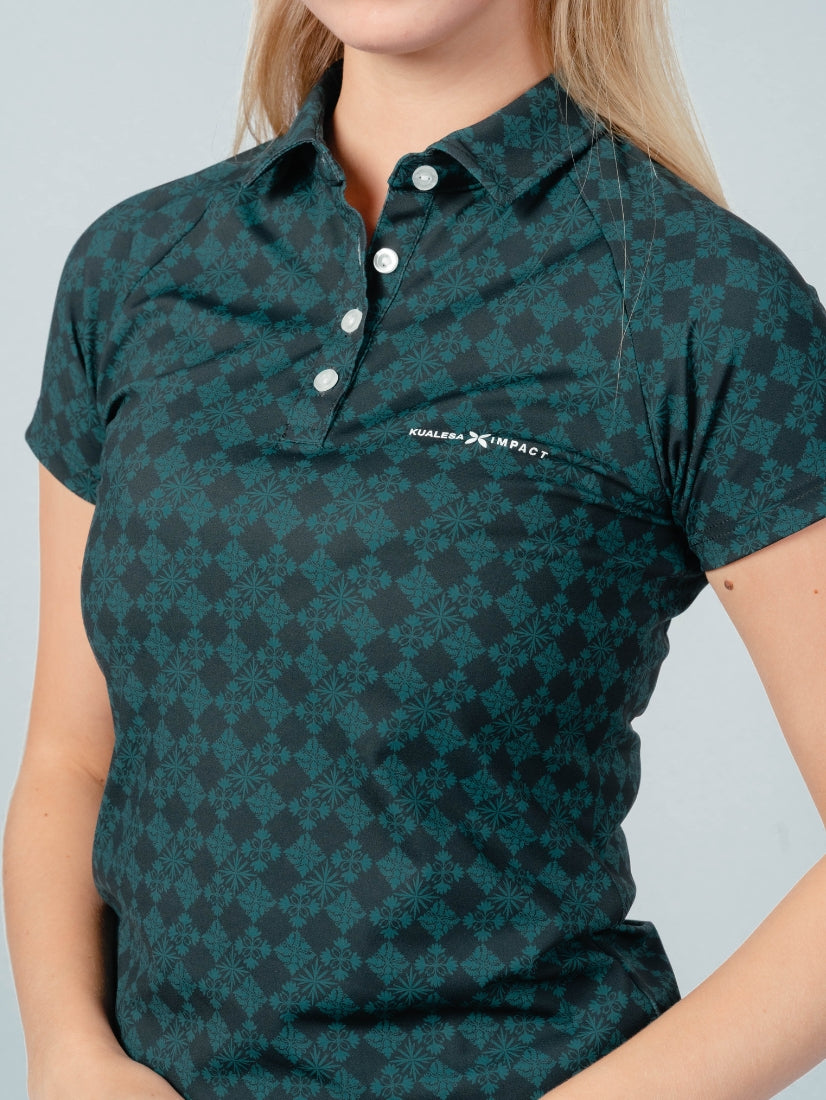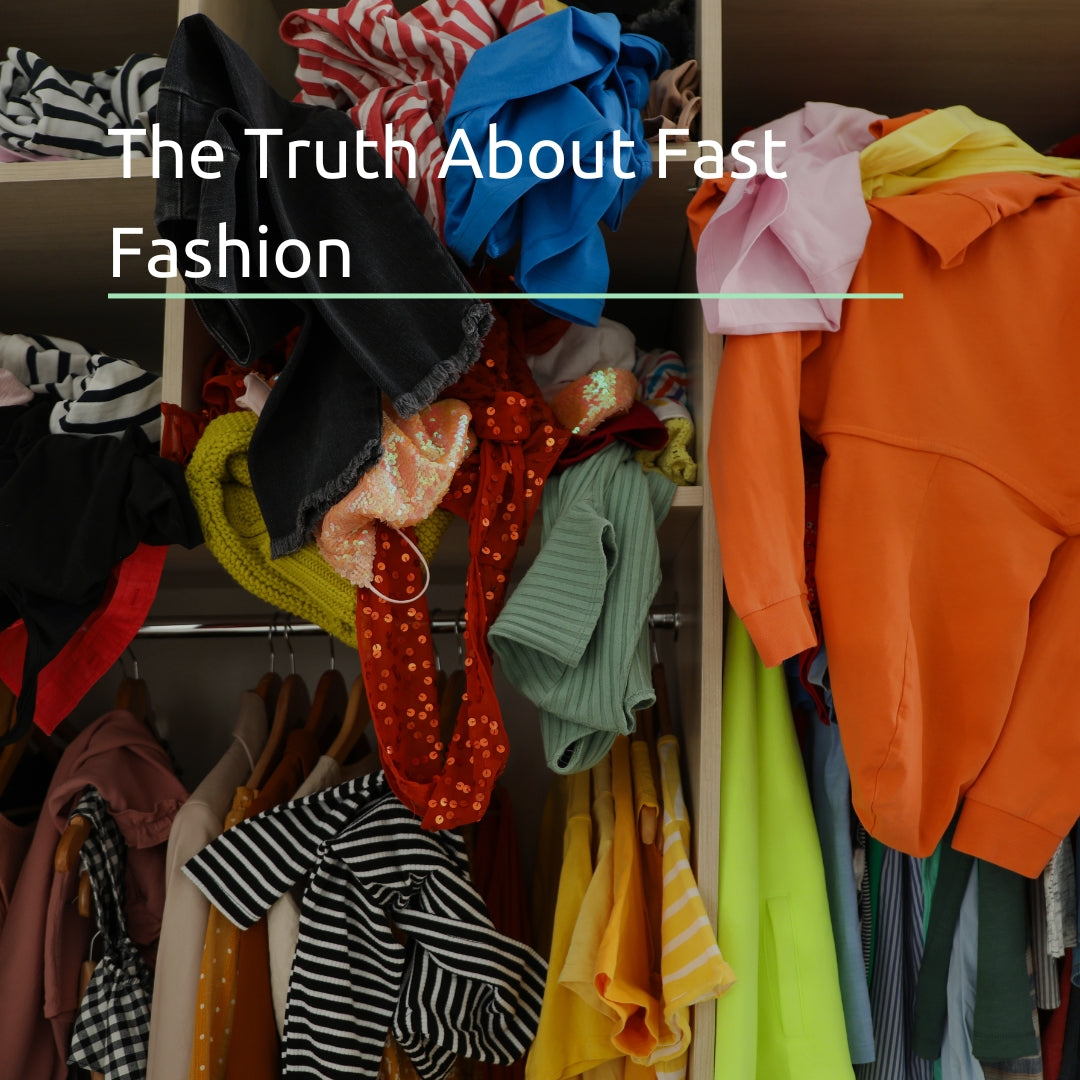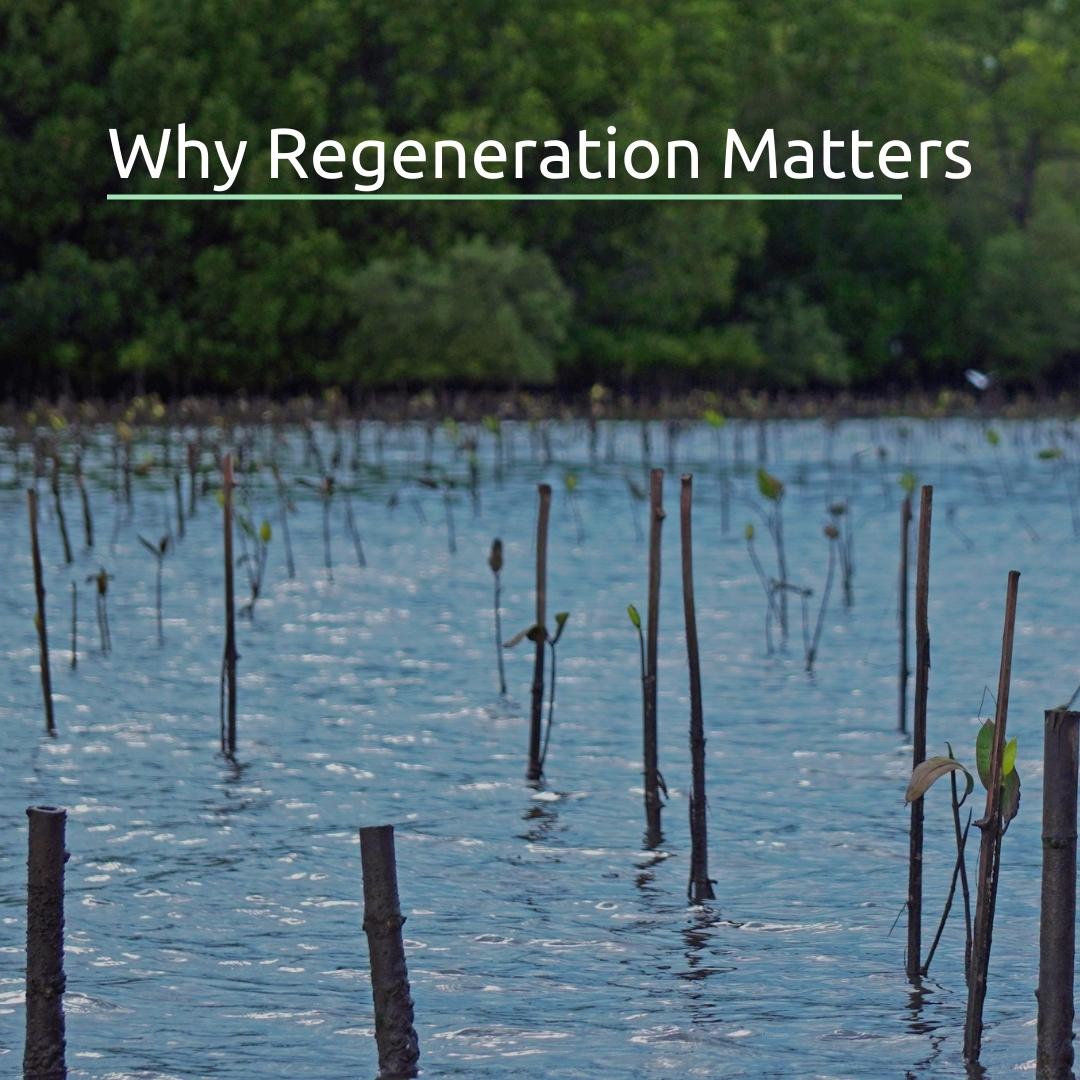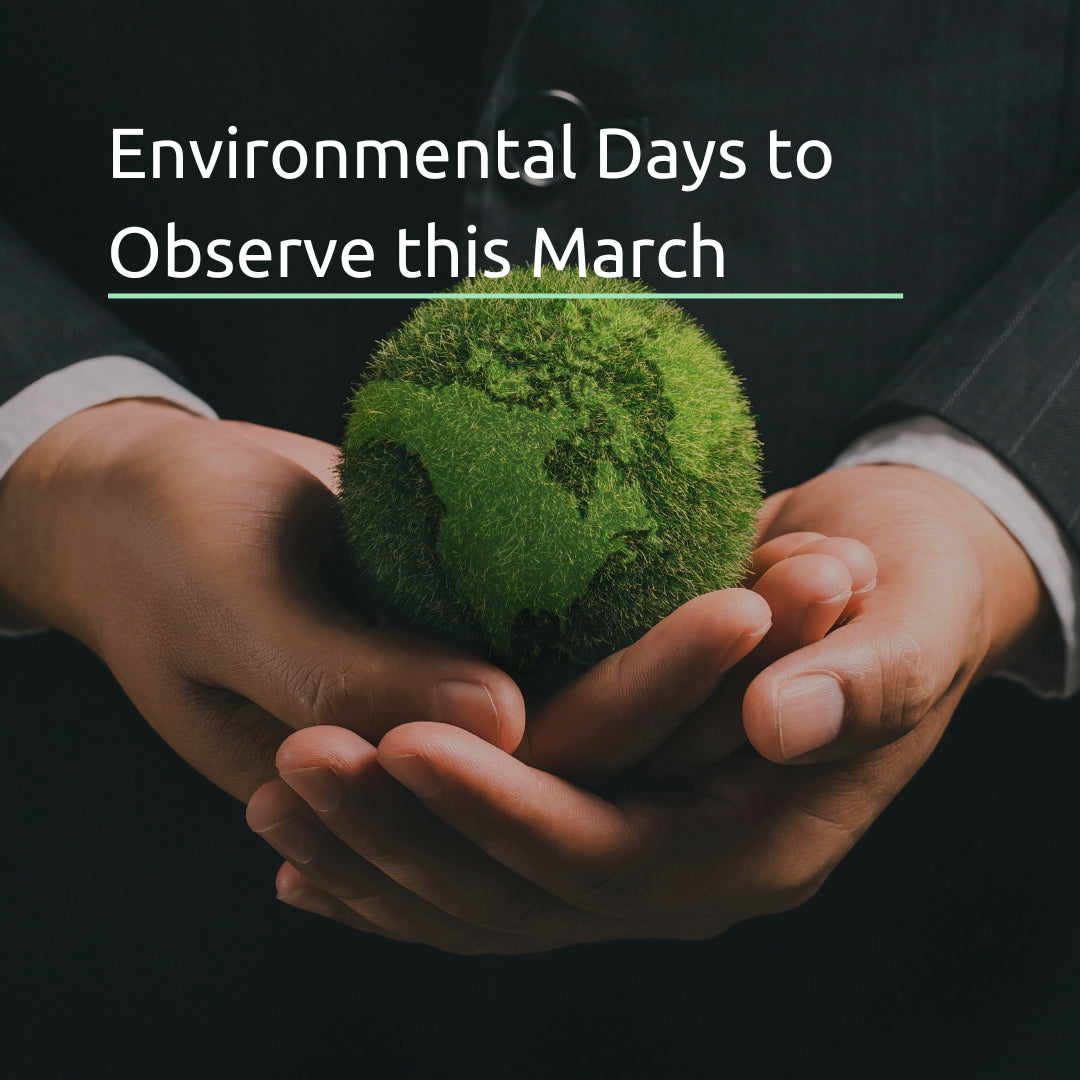H&M, Shein, Zara, Forever 21 — unless you live under a rock, you’ve heard of these brands. Heck, dare we say you even have a few pieces from them in your closet. We’re confident in saying this because it is a known fact that fast fashion retailers have taken over the world, at an unprecedented speed almost unimaginable just a few decades ago.
Oh, and did you know a total of 100 billion clothing items are produced every year? That means for every human being on earth, 14 clothing items are created for them, whether they like it or not, whether they buy it or not. And the main culprit for these insane numbers? Fast fashion.
In this article, we’ll unravel the truth about fast fashion – the good, the bad, and the ugly.
What is fast fashion?
In an overly fast-paced, capitalistic world where trends come and go, fast fashion couldn’t help but thrive. This sector of fashion relies on a business model that prioritises speed over craftsmanship, and quantity over quality.
Often inspired by – if not ripped off from – independent fashion designers, legacy brands, high-end designer companies, or celebrity styles, fast fashion retailers have such a massive operation under their belt which enables them to churn out thousands of new clothing designs every week. From seasonal collections (Spring-Summer and Autumn-Winter), nowadays, fast fashion racks and shelves are constantly shaken by weekly releases – a reality that could overwhelm even the most avid fashionista.
Is fast fashion any good?
In an effort to shed light on all its sides, let’s go through the good side of fast fashion – ‘cause surely, there’s some good to it at the very least, right?
The Good: Fast fashion democratises fashion
With its affordability, fast fashion has made the glamorous world of fashion more attainable to the mass population. For most, even, fast fashion became their entryway to fashion. Let’s face it: Not everyone can buy a Balenciaga, but they can achieve their desired look with a dupe from H&M.
Plus, whether we like it or not, fast fashion clothes are stylish and functional. Whether you’re into minimalism, tech wear, vintage styles, or the TikTok E-boy look, Shein’s got the right pieces for you. Fast fashion has made self-expression through clothing a possibility for more people.
What are the downsides of fast fashion?
We’ve heard the good; now it’s time to get to know the bad side of fast fashion.
The Bad: Fast fashion means a fast wardrobe lifespan
Affordability comes with a price, and that is cheap quality. If clothes from non-fast fashion brands can last for years in your closet (making them a solid investment), fast fashion pieces can get worn out in as fast as 10 wears, no thanks to cheap materials and careless crafting.
This quick lifespan is the bread and butter of these companies – you buy cheap, you toss it after a few uses, which means you’d have to buy again. It’s a vicious cycle that does more harm than good.
The Bad: Fast fashion continues to oversaturate the market
Remember the figure we mentioned earlier? 100 billion clothes a year. At this rate, we would be making one trillion pieces per decade – which is why the claim that we’re drowning in clothes isn’t an overstatement.
Ever felt like you have nothing to wear despite having a closet filled to the brim? That’s how following trends makes us feel. What’s ‘in’ for a day could expire as a trend the very next day.
As social media gave way to the rise of fashion trends, fast fashion companies saw more incentive in releasing styles in bulk at such quick timelines. This strengthens consumerist behaviours, making people feel like they don’t have enough clothes to keep up with trends.
The Bad: Fast fashion has a ‘copycat’ reputation
Fast fashion retailers are generally frowned upon by artists from the creative industry due to their history of ripping off design ideas. To give you an insight into how blatant plagiarism is in fast fashion, designer Bailey Prado speaks up against Shein in 2011 for copying not only at least 20 of her designs but the overall creative direction of her collection.
It’s unfair for these mega brands to benefit from someone else’s concepts and creations. However, in most cases, outdated copyright laws make it possible for fast fashion to cheat their way through designing clothes.
Now, time for the hard-hitting truths about fast fashion
A lot of things are overlooked in the name of manufacturing clothes at lightning speed. But are these items really worth gambling your ethics and values for?
We’re convinced these facts will make you stay away from fast fashion.
The Ugly: Fast fashion companies have been reported to exploit workers
Numerous exposés reveal the atrocious labour conditions of workers in clothing factories and sweatshops, often located in impoverished regions of countries like Bangladesh, China, and India. Far removed from the glamorous world of fashion, labourers are simultaneously overworked and underpaid, with almost no one receiving a proper living wage.
Just know that the next time you purchase an item from a fast fashion brand, the possibility that it’s been crafted with the blood, sweat, and tears of another human being becomes very real.
The Ugly: Fast fashion is one of Mother Earth’s worst offender
From creating fabrics up to the finishing stages, almost every step of mass manufacturing impacts the environment negatively. Unfathomable amounts of natural resources are harvested to manufacture fabrics, and toxic chemicals like crude oil and textile dyes required to create clothes end up polluting water. To add to that, non-biodegradable materials like polyester, nylon, and spandex could take up to 200 years to decompose.
Responding to these allegations, fast fashion brands are quick to slap ‘eco-friendly’, ‘eco-conscious’, ‘ethically-made’, ‘sustainable’, and other greenwashing buzzwords as a band-aid solution to the ugly truth. However, these questionable claims could be nothing but company PR to save face instead of saving the environment by eradicating harmful practices.
So, who are our true allies in the fashion world?
When the bad outweighs the good, we’ve gotta get rid of it. In this case, as a society, we have to shake fast fashion off our system and embrace clothes that are truly eco-conscious, long-lasting, and sustainably made. It’s time to put the thumping, fast-paced period of fast fashion to rest and choose to dial it down with investment pieces that’ll be there for us for a long time.
If you’re looking for an entryway to thoughtful, ethical fashion, start off with bamboo apparel from Kualesa. Add to cart today!
References
- Hamilton, A. (2022, April 8). 5 Times Shein has Copied Designs from Independent Fashion Brands. Eco Club. https://ecoclubofficial.com/shein-stealing-designs-independent-fashion-brands/
- Patriot Act with Hasan Minhaj: The Ugly Truth of Fast Fashion. (n.d.). [Video]. Netflix.
- Rauturier, S. (2022, April 1). What Is Fast Fashion and Why Is It So Bad? Good on You. https://goodonyou.eco/what-is-fast-fashion/
- Style that’s sustainable: A new fast-fashion formula. (2016, October 20). McKinsey & Company. https://www.mckinsey.com/capabilities/sustainability/our-insights/style-thats-sustainable-a-new-fast-fashion-formula


